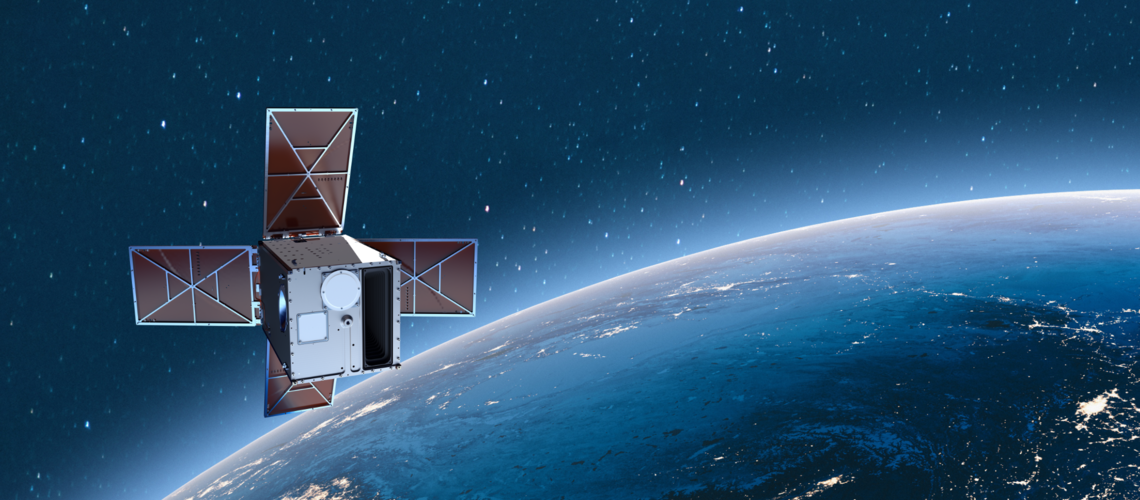
“Being in a lower orbit than Proba-V means the spectral imager will achieve a higher spatial resolution, down to 70 m,” adds Iskander Benhadj. “But that means the satellite is moving faster, so the line rate will be affected, meaning small pixels will end up rectangular rather than square if the nominal Proba-V line rate is used. We can try to accelerate the image to compensate for this, but this will require extra power.
“Quality and operational trade-offs such as the selection of optimal line rate or the area of interests to be monitored, have to be carried all over the Proba-V CC lifetime, which includes the commissioning phase, with the objective to provide optimal products for the end user. “
Proba-V’s CC’s lower orbit will also give daily views of the same locations for multiple successive days at a time, with its ground track moving just 20 km westward daily, opening up particular scientific uses.



